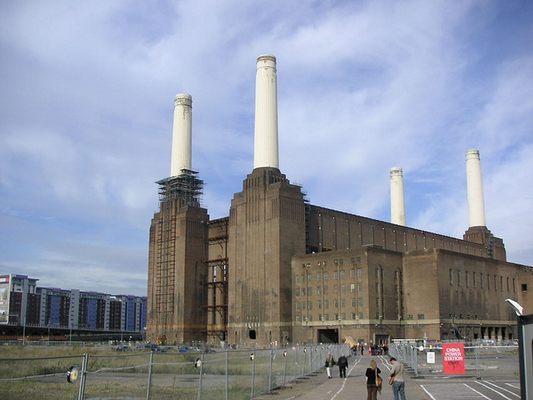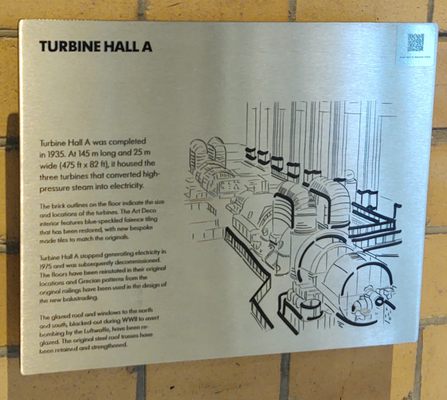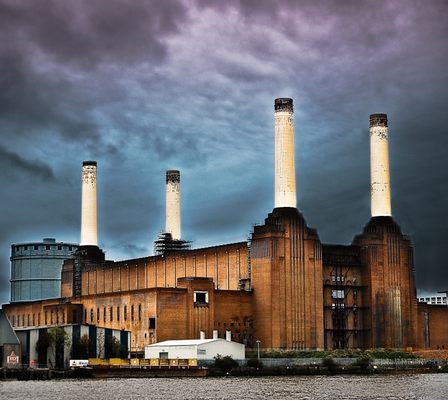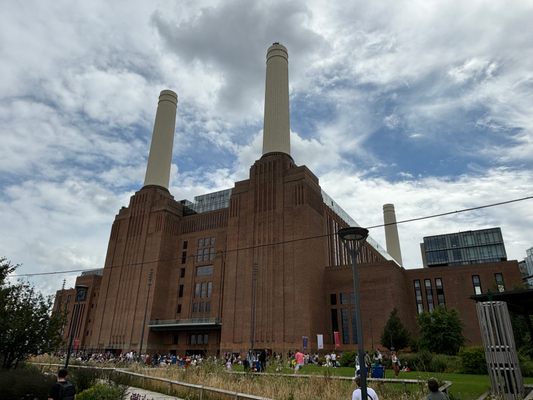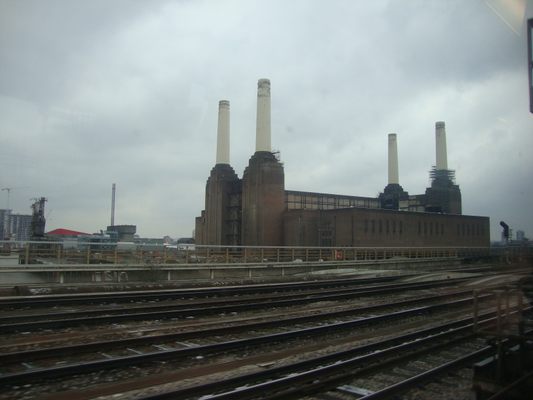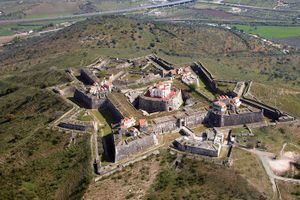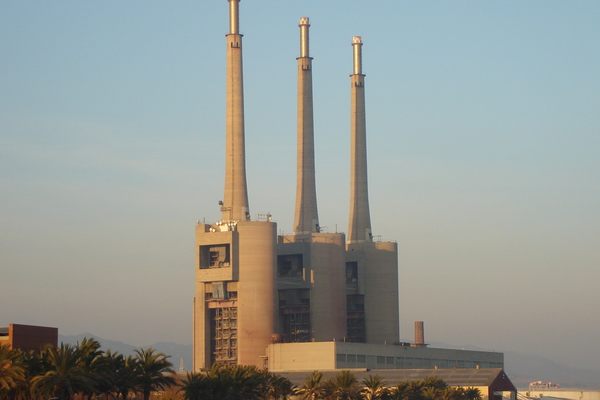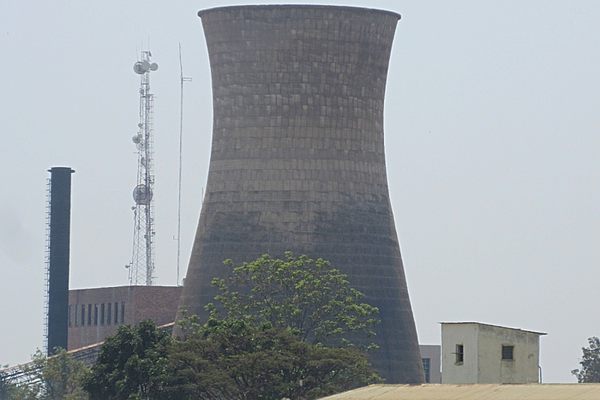About
The massive Battersea Power Station once generated power for a large portion of London, but now the abandoned complex just provides headaches for developers.
Construction on the gigantic building began in 1929 after a great deal of public outcry. The community surrounding the massive build site was concerned that the proposed power station would simply become a smoke-belching eyesore. These concerns were addressed with the installation of a scrubbing system which removed a great deal of the polluting smoke from the emissions, and the appearance of the building was given over to a famed industrial designer. This focus on the complex's design led to the famed Art Deco lines and unmistakable quartet of white smokestacks which make up the exterior of the building. Structurally, the station was built as two identical coal-burning facilities fashioned in the "brick cathedral" style. In fact, the power station remains the largest brick building in England.
The coal-powered stations provided the city of London with power for over 30 years, but by 1983, both of the facilities had ceased operation and the complex was abandoned. With the building idle, talk of demolishing the site quickly began. Luckily, the power station had become an icon in pop culture thanks to its prominent appearance in a number of media from the Beatles film Help! to the cover of Pink Floyd's album Animals. With the culture's eye on the site, it was able to escape destruction a number of times over the years as the building passed from owner to owner, the target of countless projects which would never see completion. Each new owner had a new vision for the abandoned complex from converting it into a theme park to building an eco-dome within its walls, but each and every one ran into some difficulty.
Currently the site is owned by a group of investors who are turning the empty complex into housing units, offices (including Apple's headquarters), shops, and restaurants.
The Battersea Power Station was also recently recognized by the World Monuments Fund as a site in need of protection and this, hopefully, will power some progress in any revitalization efforts.
Update: A of 2024, the power station, which has now been developed, houses a shopping centre, along with plenty of cafes and restaurants. In addition, blocks of flats have been built around the outside of the power station. You can even take a lift up to the top of one of the iconic white towers to enjoy an alternative viewpoint of London.
Related Tags
Community Contributors
Added By
Published
November 5, 2013
